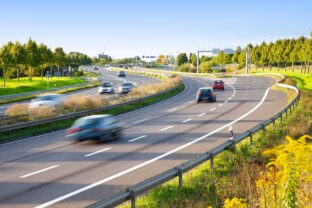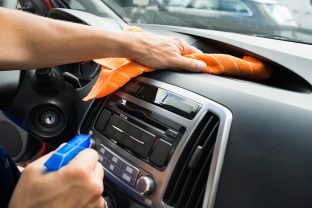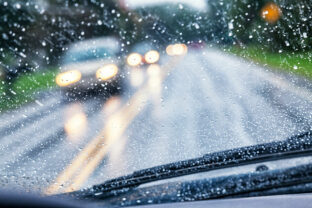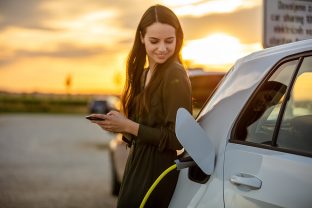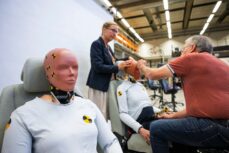Up to 40,000 kilometers of pipeline to cover demand for hydrogen in European service stations
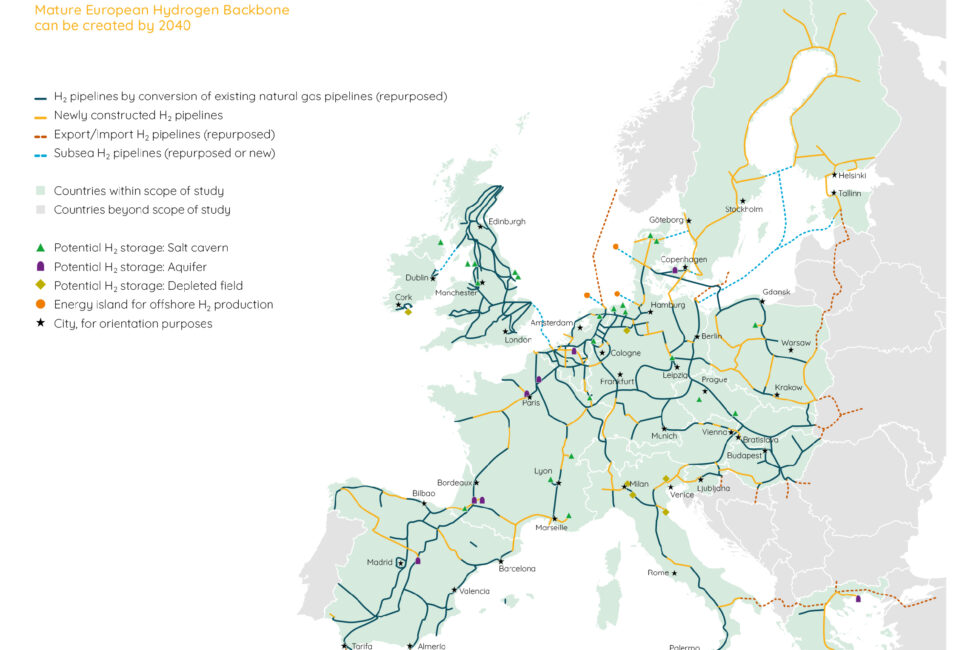
The initiative unveiled in 2020 is backed by 12 gas distribution operators from 11 European countries. The goal is to have more than 10,000 kilometers of pipeline by 2030 and nearly 40,000 kilometers by 2040.
More than two-thirds of the network (69%) will be based on repurposed natural gas pipelines. This reliance on existing infrastructure will mean that the project budget will mainly be spent on the creation of new stretches of pipeline and compressor stations. Requiring an estimated total investment of between 43 and 81 billion euros, the planned network will connect 21 European countries, extending from Scandinavia and the Baltic states to Spain and Greece. The map published this week is nonetheless likely to change to take into account the future demand for hydrogen in individual countries.
The new network could pave the way for hydrogen-powered automobiles which do not generate CO2, but only emit water. Another advantage of these fuel-cell vehicles (FVCs) is that they can also be rapidly refueled unlike battery-powered machines, which require time to be recharged. However, as it stands, hydrogen infrastructure is not yet sufficient and there are hardly any hydrogen-powered automobiles on Europe’s roads.
Hydrogen-powered production models are also relatively rare. The pioneer in this field is Toyota with its fuel-cell vehicle, the Mirai. Its second generation, due to arrive in Europe this year, has a range of 850 km on a single charge, compared with 550 previously. In France, a brand new manufacturer, Hopium, is developing a premium sedan with 500 hp and 1,000 km of range, called the Machina. It could go into mass production in 2026.
An efficient hydrogen distribution network, available close to home and throughout Europe, could lead to the massive adoption of FCVs as an alternative to today’s electric cars, which are powered by lithium-ion batteries.



